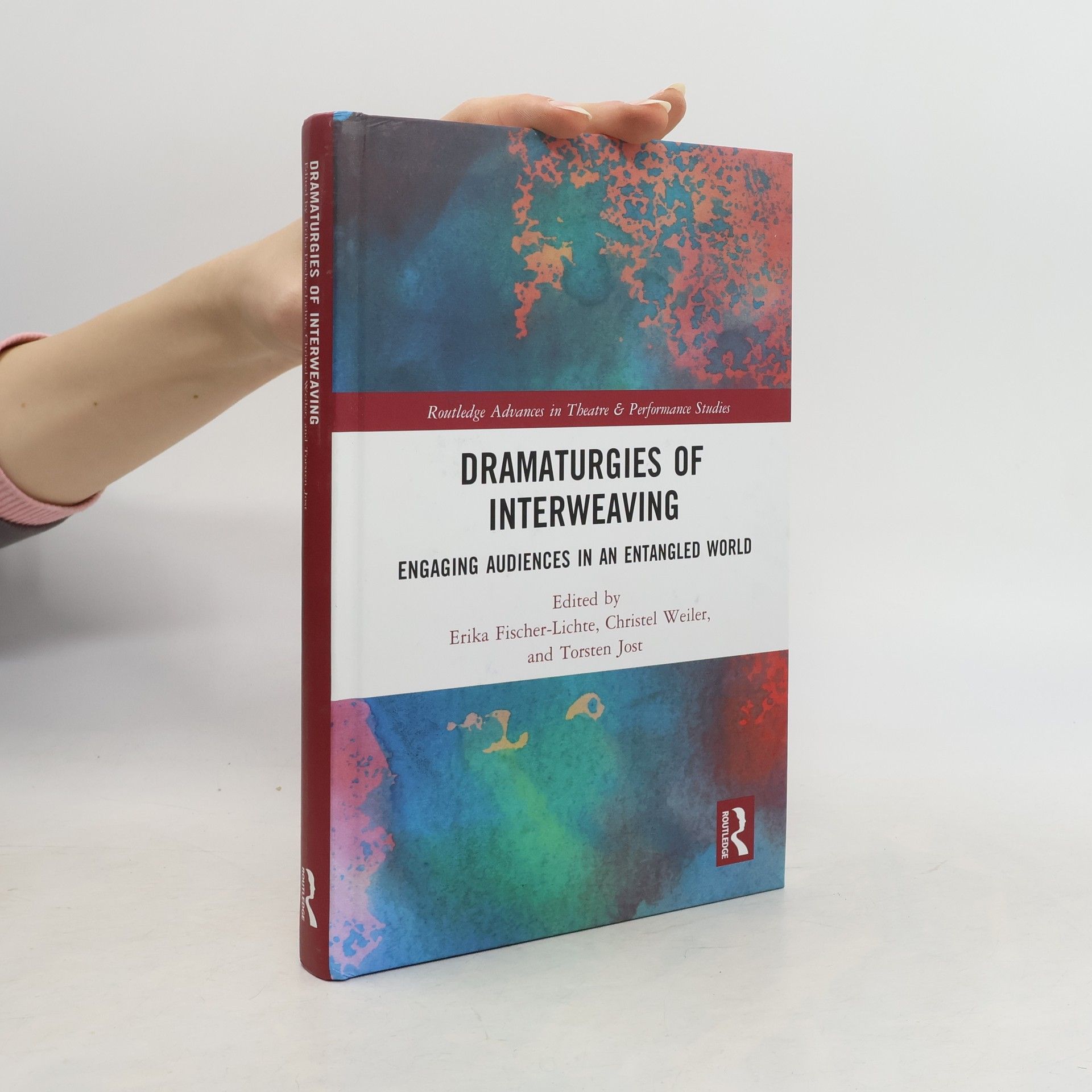Dramaturgies of Interweaving explores present-day dramaturgies that interweave performance cultures in the fields of theater, performance, dance, and other arts. Merging strategies of audience engagement originating in different cultures, dramaturgies of interweaving are creative methods of theater and art-making that seek to address audiences across cultures, making them uniquely suitable for shaping people’s experiences of our entangled world. Presenting in-depth case studies from across the globe, spanning Australia, China, Germany, India, Iran, Japan, Singapore, Taiwan, Vietnam, the US, and the UK, this book investigates how dramaturgies of interweaving are conceived, applied, and received today. Featuring critical analyses by scholars―as well as workshop reports and artworks by renowned artists―this book examines dramaturgies of interweaving from multiple locations and perspectives, thus revealing their distinct complexities and immense potential. Ideal for scholars, students, and practitioners of theater, performance, dramaturgy, and devising, Dramaturgies of Interweaving opens up an innovative perspective on today’s breathtaking plurality of dramaturgical practices of interweaving in theater, performance, dance, and other arts, such as curation and landscape design.
Torsten Jost Livres


Gertrude Stein: Nervosität und das Theater
Die Geschichte ihrer therapeutischen Theaterästhetik
Gertrude Stein (1874-1946) entwickelte eine einzigartige Theatertheorie. Diese verbindet Kritik an Zwangsstrukturen bürgerlicher Subjektivierung in den USA mit ganz eigenen ästhetischen Modellen und therapeutischen Empfehlungen. Steins therapeutische Wirkungsästhetik des Theaters entfaltet sich nicht in Manifesten und Traktaten, sondern in ihren frühen Romanen und autobiographischen Schriften. Daher blieb sie von der internationalen Forschung bislang unbeachtet. Torsten Josts Studie schließt diese Lücke: Stein wird als eine von William James' Psychologie inspirierte Kunst- und Theatertheoretikerin lesbar gemacht, deren Ideen sich deutlich von Theaterästhetiken der europäischen Avantgardebewegungen unterscheiden. Damit wird sie "endlich zu jener gewichtigen Stimme, die ihr im Grunde von jeher gebührt hätte." (Matthias Warstat)